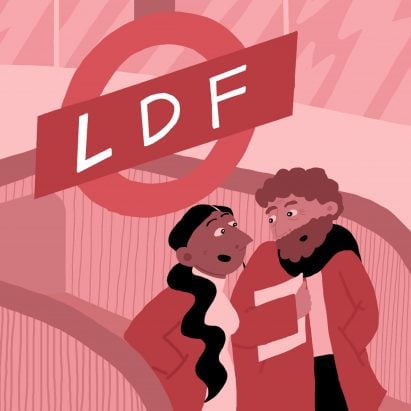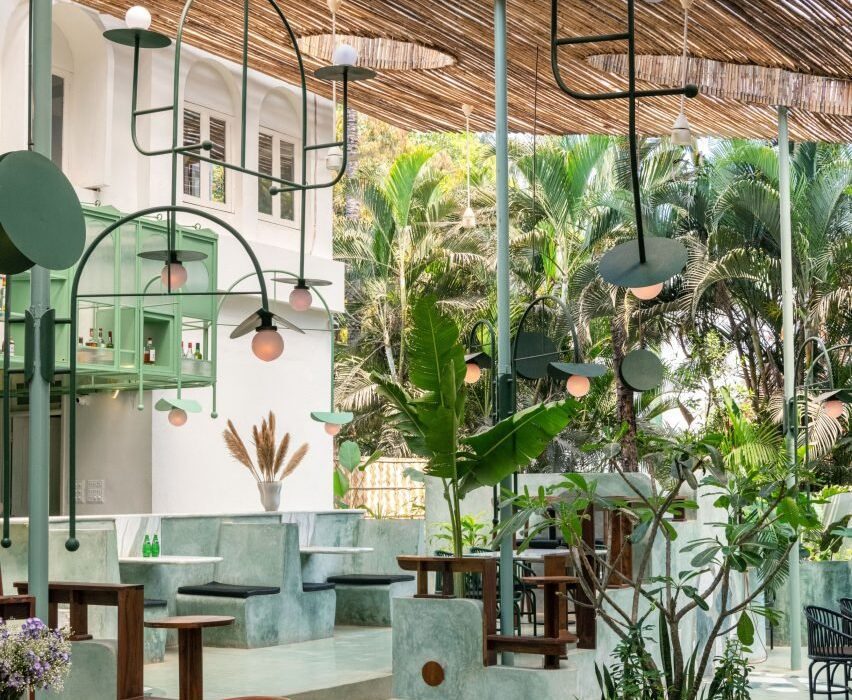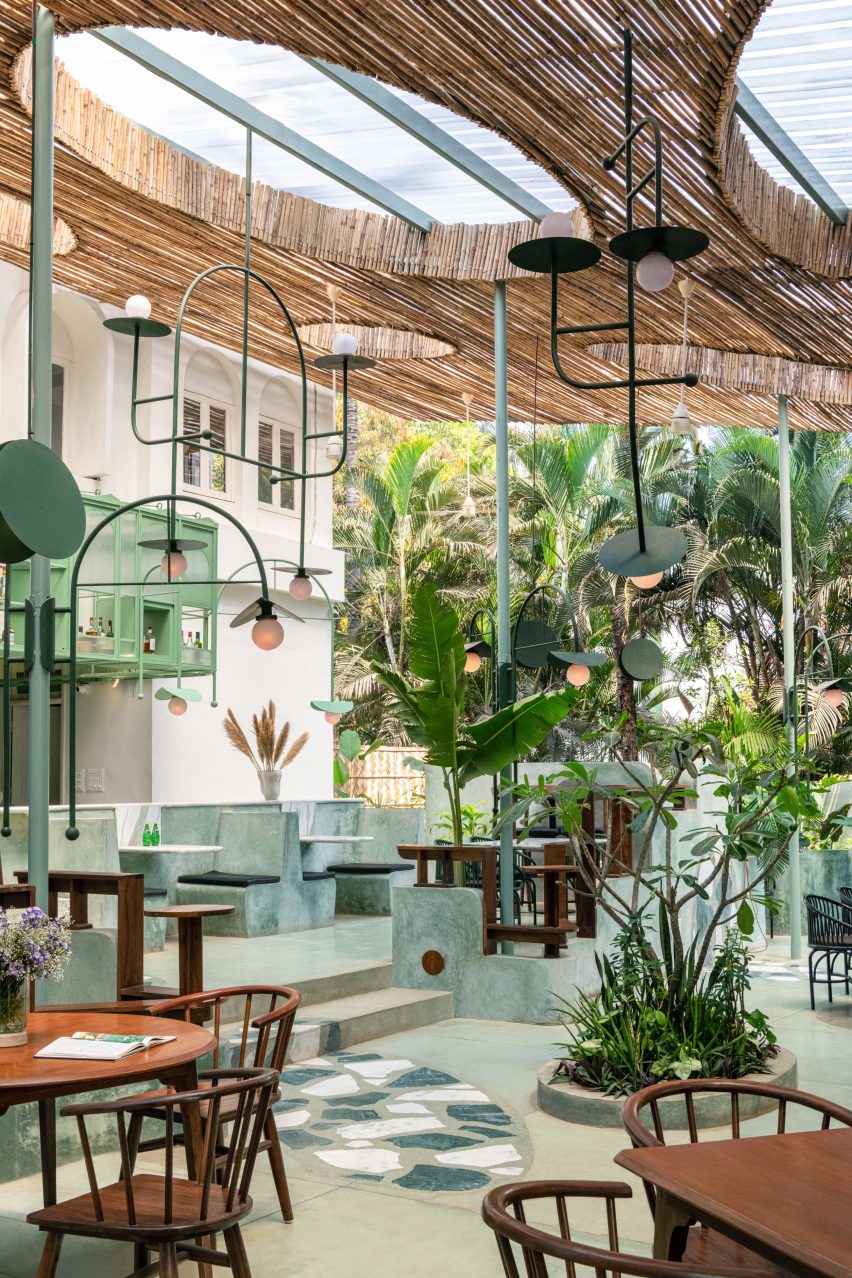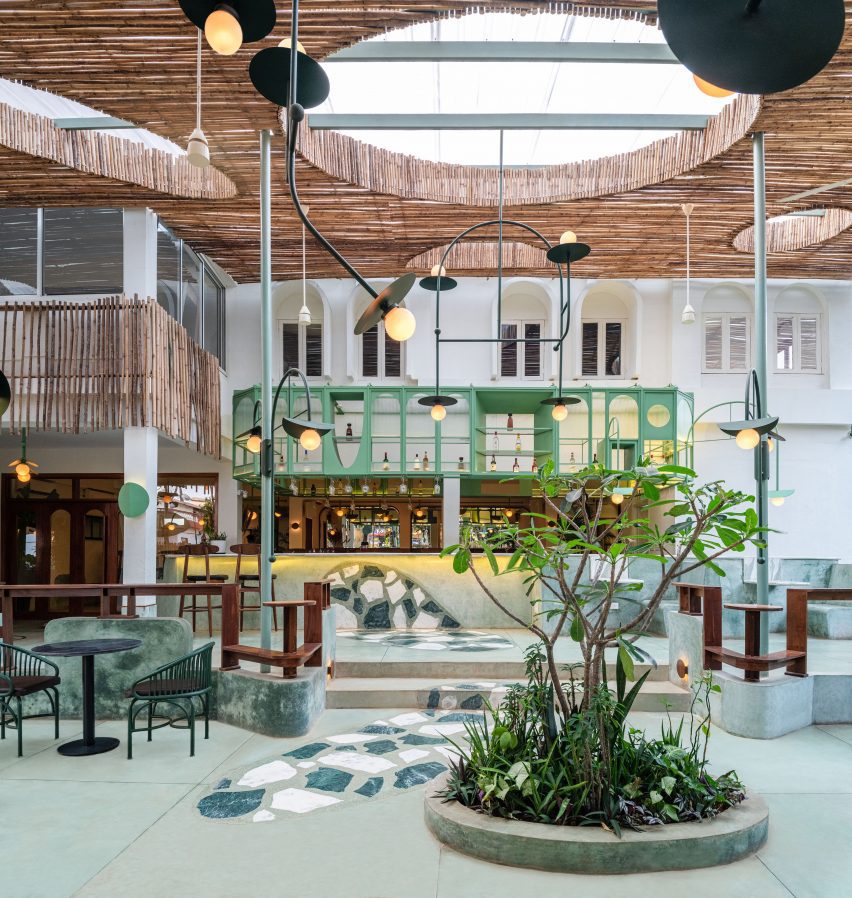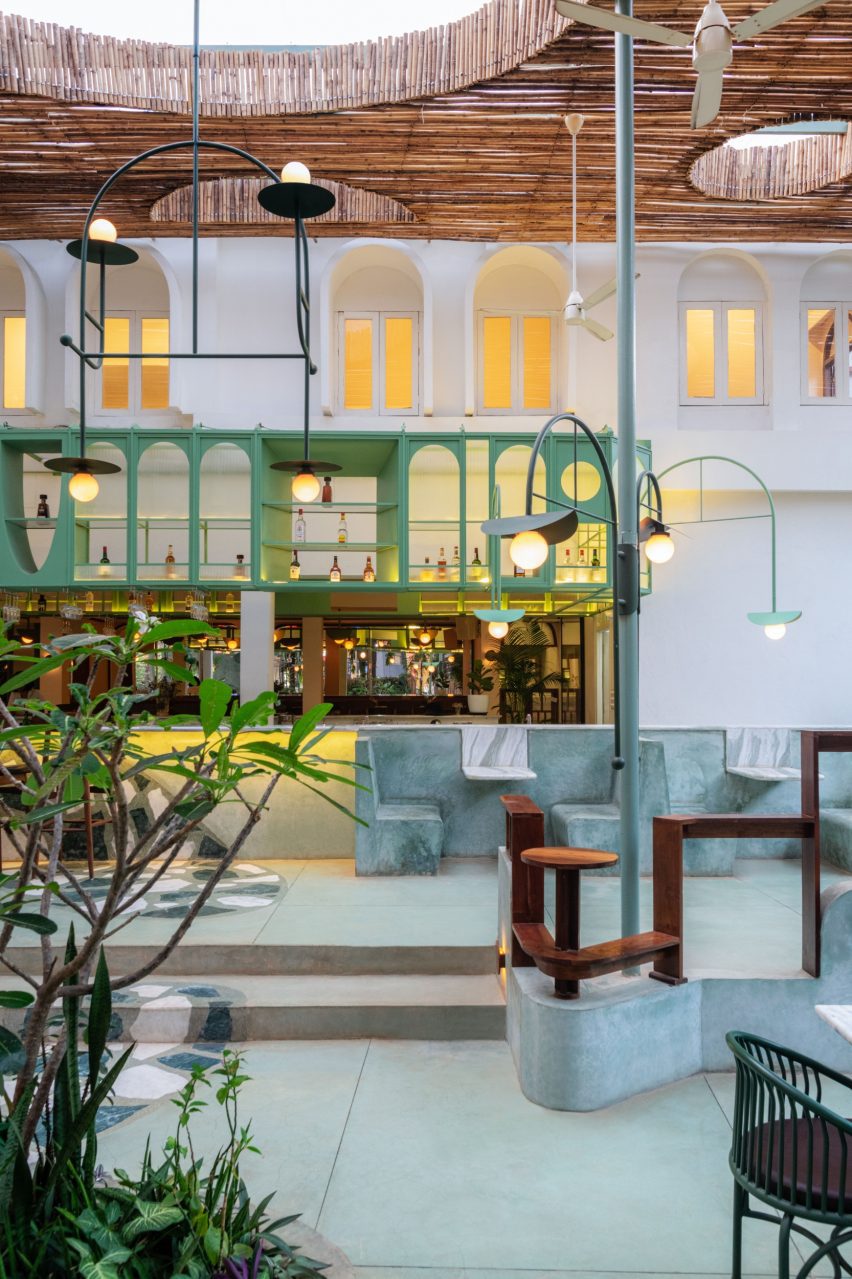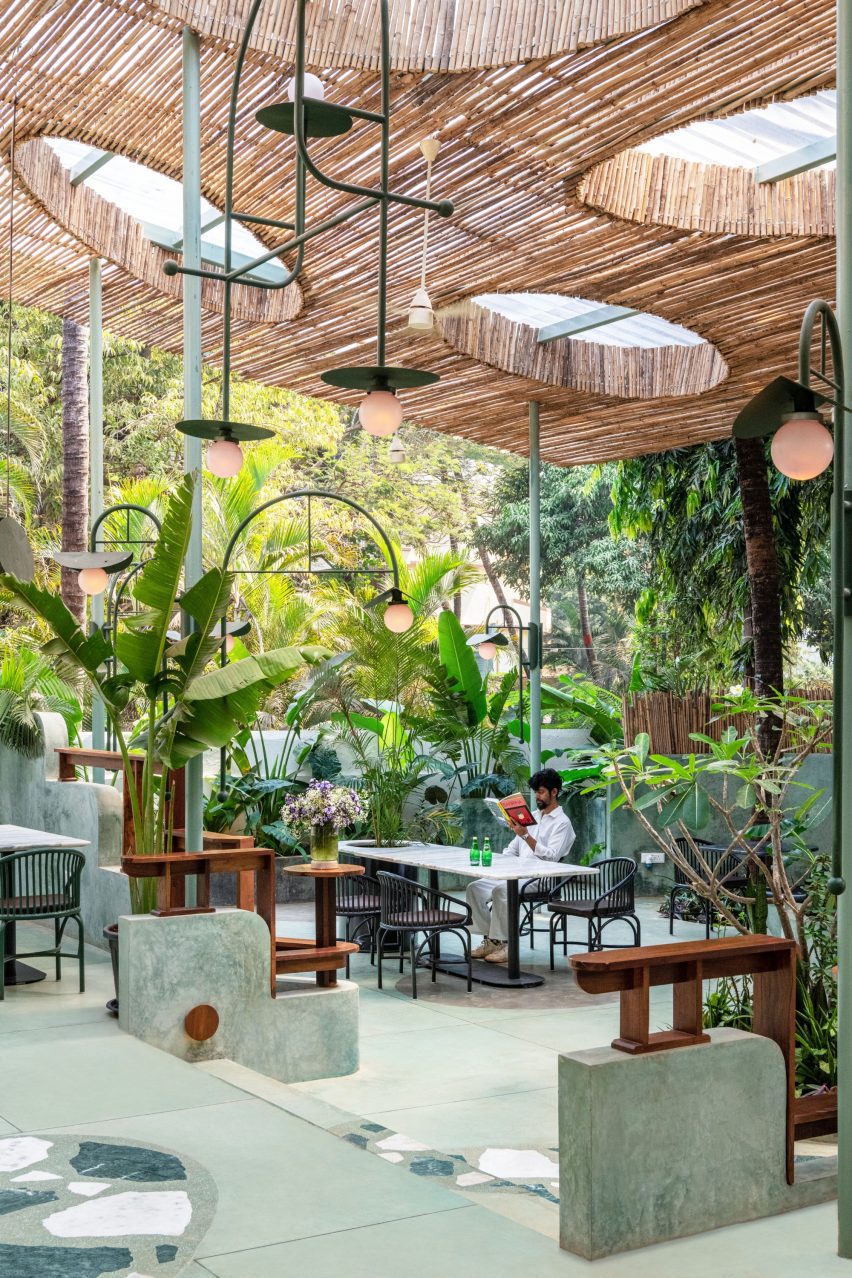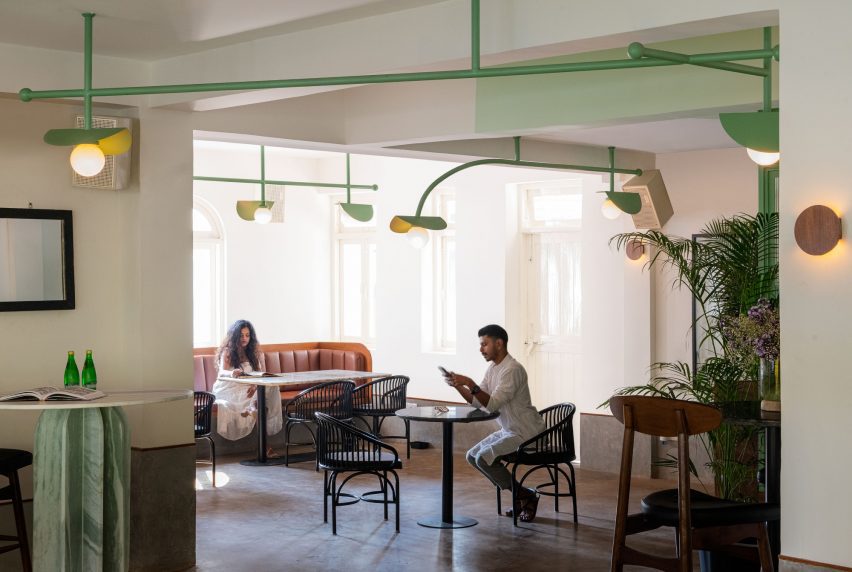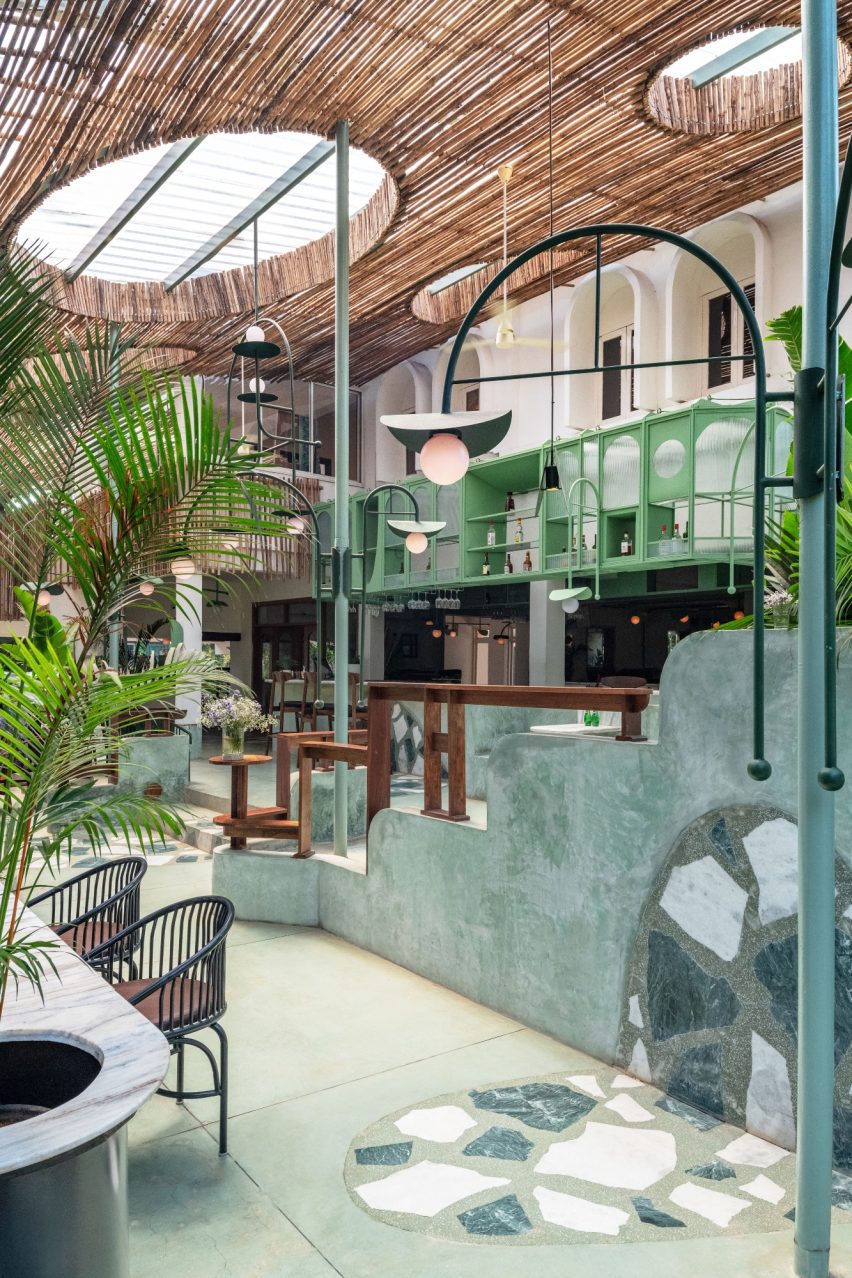Last chance to be listed on Dezeen’s digital guide for London Design Festival 2023
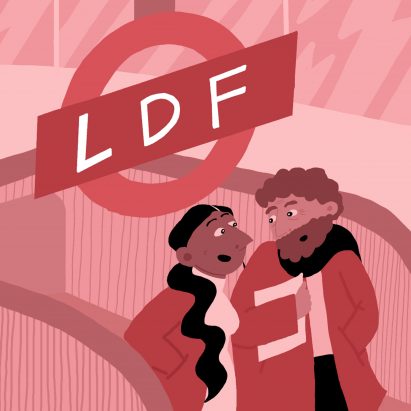
This is the last opportunity to be featured in the Dezeen Events Guide for London Design Festival 2023, which highlights the key events taking place in the UK’s capital city in September.
The guide includes a range of exhibitions, installations, talks, workshops, open showrooms, product launches, pop-up shops and design fairs taking place across London.
This year’s edition of London Design Festival takes place from 16 to 24 September 2023, with the 21st edition spanning across 13 districts in the city.
Dezeen Events Guide’s live digital guide showcases events that explore a variety of design mediums, including architecture, biodesign, furniture, lighting, interior accessories, fashion and materials and textiles design.
Last chance to get listed in Dezeen’s digital guide to London Design Festival
Get in touch with the Dezeen Events Guide team at [email protected] to book in your listing or to discuss a wider partnership with Dezeen. There are three types of listings:
Standard listing: for only £100, we can include the event name, date and location details plus a website link. These listings will also feature up to 50 words of text about the event. Standard listings are included at the discretion of the Dezeen Events Guide team.
Enhanced listing: for £150, you will receive all of the above plus an image at the top of the listing’s page and an image in the listing preview on the London Design Festival festival guide page. These listings will also feature up to 100 words of text about the event.
Featured listing: for £300, your listing will feature everything as part of an enhanced listing plus inclusion in the featured events carousel and social media posts on our @dezeenguide channels. This includes one post per channel: Instagram, Twitter and Facebook and up to 150 words of text about the event. This text can include commercial information such as ticket prices and offers, and can feature additional links to website pages such as ticket sales, newsletter signups etc.
About Dezeen Events Guide
Dezeen Events Guide is our guide to the best architecture and design events taking place across the world each year. The guide is updated weekly and includes virtual events, conferences, trade fairs, major exhibitions and design weeks.
Inclusion in the guide is free for basic listings, with events selected at Dezeen’s discretion. Organisers can get standard, enhanced or featured listings for their events, including images, additional text and links, by paying a modest fee.
In addition, events can ensure inclusion by partnering with Dezeen. For more details on inclusion in Dezeen Events Guide and media partnerships with Dezeen, email [email protected].
The illustration is by Justyna Green.

